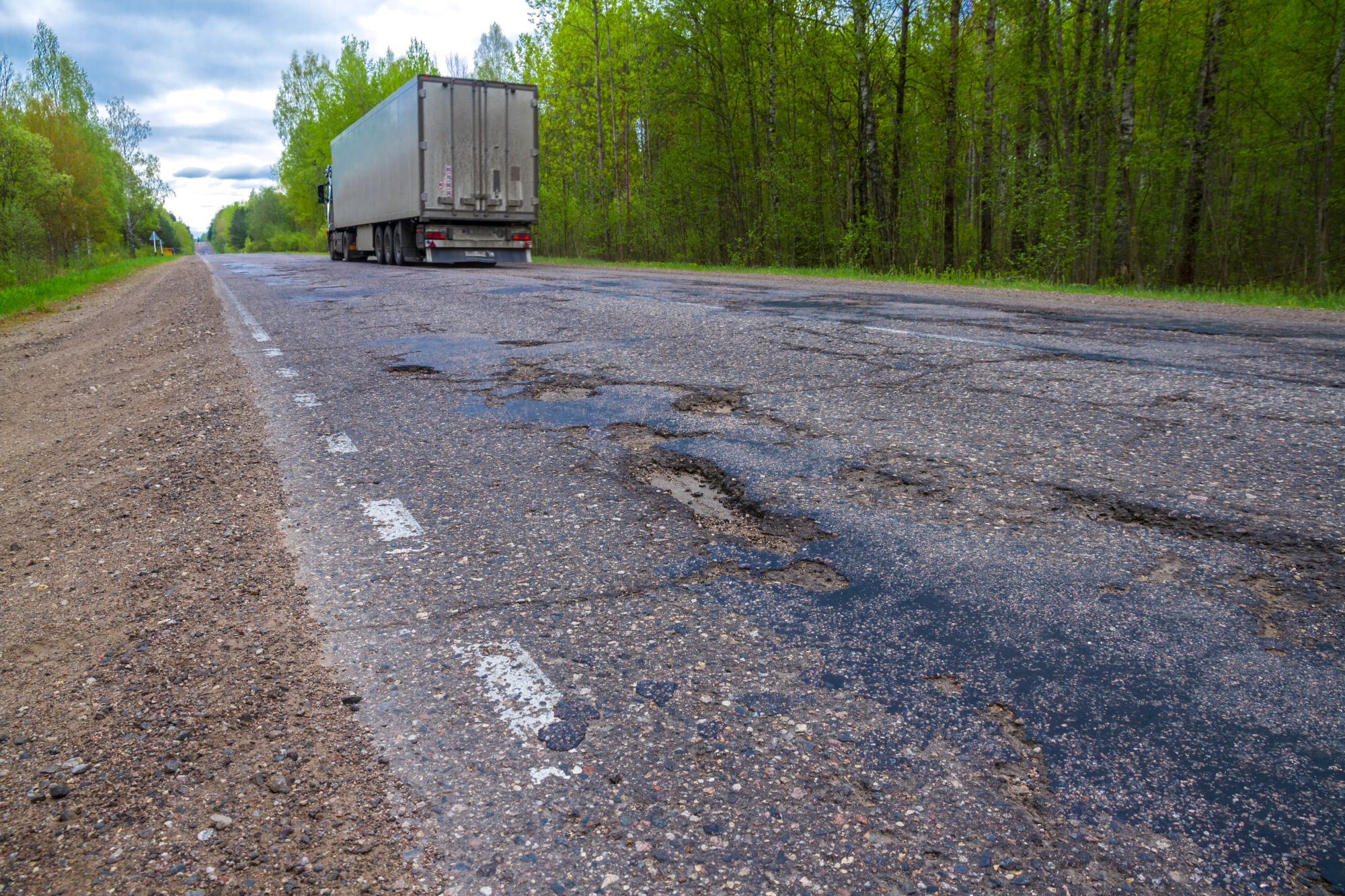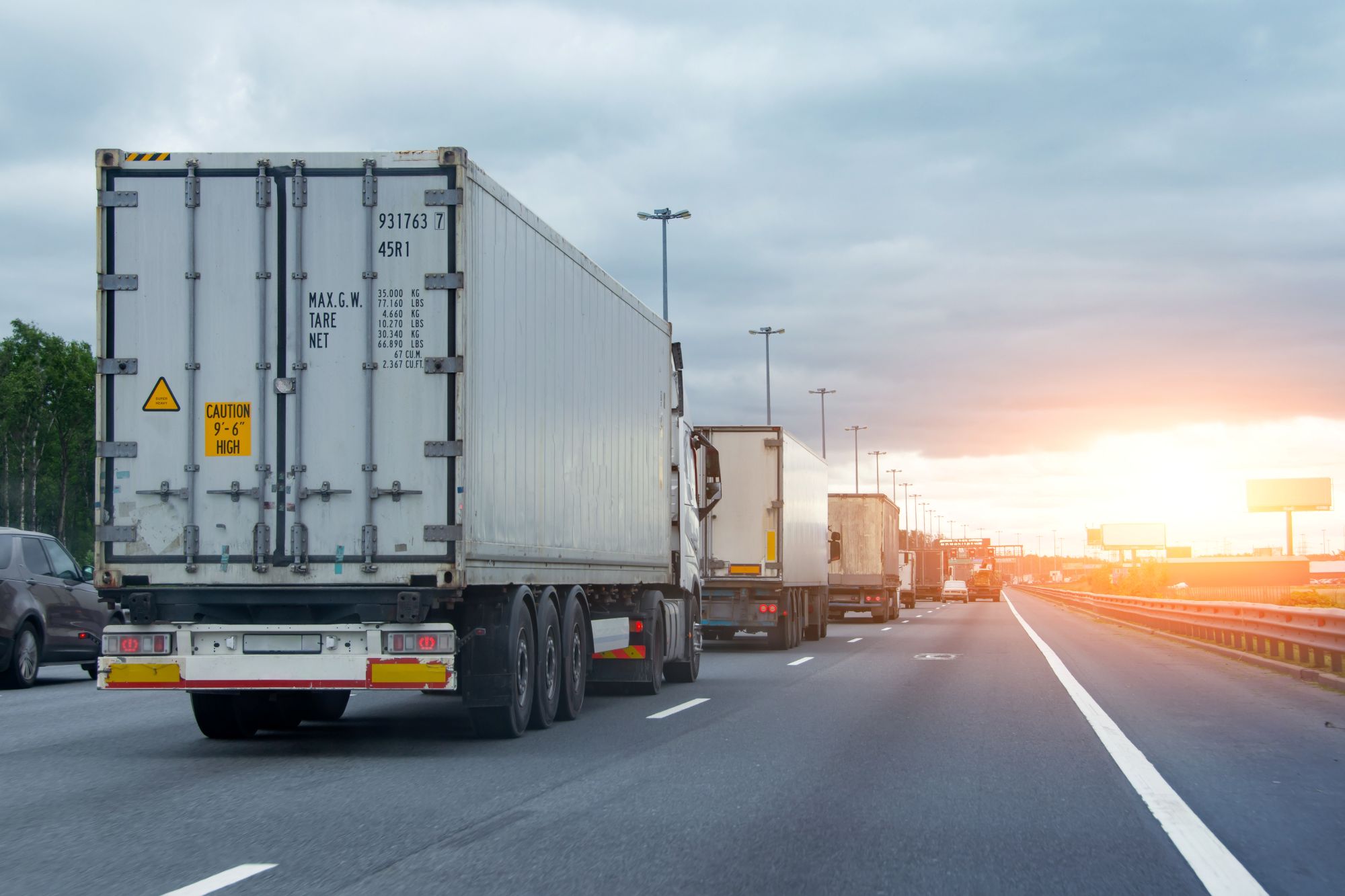
Guest
Kako lahko financiranje infrastrukture v Združenem kraljestvu vpliva na industrijo mobilnosti
Ustvarjeno: 02. 07. 2025
•
Posodobljeno: 03. 07. 2025
Po letih neenakomernih naložb in vse večjih zastojev se je vlada Združenega kraljestva zavezala, da bo v naslednjem desetletju za infrastrukturo namenila več kot 700 milijard funtov, od tega večino za državne ceste. Desetletna infrastrukturna strategija bi lahko imela na voznike in širšo industrijo mobilnosti prelomne učinke, od novih tovornih koridorjev do najsodobnejših digitalnih prometnih sistemov.
Ceste dosegajo točko preloma
Ceste so le en del britanske prometne mešanice, vendar se po njih prevaža velika večina blaga. Po podatkih vlade se 81 % domačega tovora ter 75 % uvoza in izvoza opravi po cestah, zato so te ceste hrbtenica logistike in gospodarstva Združenega kraljestva.
In kljub temu, da po dolžini predstavlja le nekaj več kot dva odstotka cestnega omrežja v Združenem kraljestvu, strateško cestno omrežje (SRN) opravi 34 % vseh cestnih prevozov - vključno z mnogimi časovno najbolj občutljivimi tovornimi potmi z veliko obremenitvijo. Njihovo stanje in zmogljivost neposredno vplivata na varnost, učinkovitost in uspešnost dostave.
Vendar podatki Road Condition Index (RCI) kažejo, da bo v naslednjih 12 mesecih verjetno treba vzdrževati približno 24.500 milj - več kot vsako deseto miljo - omrežja v Angliji in Walesu.
Številne nedavne nujne zapore mostov so še dodatno pokazale, kako ranljivo je omrežje. Na nekaterih območjih so razpokane podporne konstrukcije in desetletja star beton ustvarili nevarne razmere za vse udeležence v prometu - zlasti za težka tovorna vozila, ki se pogosto prva soočijo z omejitvami teže ali prisilnimi preusmeritvami.
Vlada se je odzvala z novim skladom v višini 1 milijarde funtov za popravilo in obnovo dotrajanih mostov, križišč in nadvozov v okviru svoje infrastrukturne strategije. To je dobrodošel korak, ki odraža vse večji pritisk industrije. Za poklicne voznike bi to lahko pomenilo manj obvozov, manj nenadnih omejitev in manj izgubljenega časa zaradi infrastrukture, ki ni primerna za sodobno logistiko.
Varnost pa ni le preprečevanje katastrofalnih napak. Gre tudi za dolgoročno odpornost, saj je treba zagotoviti, da so ceste, mostovi in odstavni pasovi ustrezno vzdrževani, preden postanejo nevarni. Ponovna osredotočenost na vzdrževanje pomeni, da bo vzdrževanje cest končno začelo ustrezati obsegu, velikosti in hitrosti vozil, ki so od njih odvisna.

Problem lukenj
Medtem ko v objavah prevladujejo odmevni projekti, ima pogosto največji vpliv na voznike vsakodnevno stanje cestišča. Za prevoznike so luknje več kot le nadloga - predstavljajo stalno varnostno tveganje in drago breme.
Ponavljajoča se izpostavljenost neravnim površinam povečuje obrabo tovornih vozil, poškoduje pnevmatike in vzmetenje ter prispeva k utrujenosti voznika. V nekaterih primerih so bila zaradi poškodb zaradi lukenj vozila zaradi nujnih popravil prisiljena zapustiti cesto, kar je povzročilo motnje pri dostavi in vplivalo na sporazume o ravni storitev.
Tveganja za voznike so osebna. Izogibanje luknjam - zlasti na ozkih ali prometnih cestah - lahko privede do nevarnih manevrov. Če dodamo še slabe vremenske razmere, omejeno osvetlitev ali natrpan urnik dostave, je tveganje še večje.
Vlada je v okviru širšega prizadevanja za infrastrukturo namenila 1,6 milijarde funtov za posodobitev lokalne infrastrukture, vključno z luknjami, razpokanimi površinami in dotrajanimi vozišči. Cilj je zagotoviti varnejše in zanesljivejše ceste, zlasti na cestah, ki so obremenjene s tovornim prometom.
Težave ne bo mogoče rešiti čez noč, pomeni pa spremembo prednostnih nalog, saj se zavedamo, da se dobro počutje voznikov začne že pri osnovah ter da je varno in udobno potovanje odvisno od dobro vzdrževanih cest.
Za vozne parke to pomeni manj nenačrtovanih popravil, manj zavarovalnih zahtevkov in manj zastojev voznikov. Za voznike to pomeni manj pretresov, manj stresa in eno stvar manj, s katero se morajo ukvarjati v dolgi izmeni.
Zanesljivo omrežje
Dobro počutje voznikov je v ospredju pogovorov o sodobnem prometu. Dolge ure, zamujanje urnikov in neustrezna infrastruktura so terjali svoj davek. Vendar najnovejši vladni načrti dajejo upanje za varnejše in bolje povezano omrežje.
Po vsem Združenem kraljestvu vozniške zmogljivosti težko sledijo povpraševanju. Parkirišča so pogosto omejena, storitve so raztegnjene, številna počivališča pa niso dovolj udobna in varna - zlasti pri prevozih na dolge razdalje. Zato tudi vlada izboljšuje vozniško okolje: bolj varna parkirišča, boljša socialna oskrba in reforme načrtovanja za hitrejši razvoj novih lokacij.
Hkrati se pospešujejo naložbe v polnilnice in polnilna vozlišča za električne in vodikove tovornjake. Moto se je na primer zavezal, da bo na 23 lokacijah na avtocestah namestil več kot 300 električnih polnilnic za težka tovorna vozila, postajališče Ashford Truckstop pa se spreminja v pomembno polnilno vozlišče za tovorni promet čez Kanal. Te naprave niso namenjene le temu, da se vozila premikajo, temveč tudi temu, da se voznikom zagotovijo varni in dobro opremljeni prostori za počitek in polnjenje.
Če vaši vozniki iščejo varen kraj za postanek, lahko z našo aplikacijo intruck poiščejo in rezervirajo počivališča po vsej Veliki Britaniji in Evropi. [Izvedite več in jo prenesite tukaj.] (https://intruckapp.com/)

Stroški zastojev
Prometni zastoji, nepredvidljive poti in pritisk, da je treba upoštevati dostavne roke, prispevajo k stresu in utrujenosti voznikov - zaradi njih je na cesti še nevarneje.
Z večjimi infrastrukturnimi posodobitvami, kot so križišče na spodnjem delu Temze, prestavitev ceste A66 in izboljšave na otoku M60 Simister Island, naj bi zmanjšali zastoje in nevarnost nesreč na nekaterih najbolj znanih prometnih konicah v Združenem kraljestvu.
Poleg tega si še vedno prizadevamo za uvedbo digitalnih orodij, ki podpirajo varnejša in lažja potovanja. Opozorila o prometu v realnem času, pametni sistemi za zaznavanje in boljše upravljanje prometa bodo upravljavcem voznih parkov in voznikom pomagali, da se hitro odzovejo na motnje in po potrebi preusmerijo pot.
Nacionalni program za digitalne ceste že postavlja temelje za to s pametno infrastrukturo, ki lahko prej zazna nevarnosti, pametneje upravlja prometne tokove in posreduje jasnejše informacije v realnem času.
Kaj to pomeni za mobilnost?
Korak naprej za mobilnost in dobro počutje voznikov. Usklajena nacionalna prizadevanja za odpravo infrastrukturnih zaostankov v Združenem kraljestvu in posodobitev cest na način, ki bo koristil voznikom, ki so od njih najbolj odvisni.
Pravi preizkus bo pri dostavi. Finančna sredstva bo treba pretvoriti v oprijemljive izboljšave, prisluhniti voznikom, se učiti na podlagi izkušenj iz prve roke in meriti uspeh po počutju na cestah - ne le po tem, koliko stanejo.
"Pri tem novem valu naložb ne gre le za skrajšanje časa potovanja," pravi Stuart Willetts, vodja poslovnega razvoja v Združenem kraljestvu pri družbi SNAP. "Gre za izgradnjo prometnega omrežja, ki podpira dobro počutje voznikov in učinkovitost delovanja ter prehod na čisto mobilnost. Komaj čakamo, da vidimo rezultate."
Želite si ogledati, kako se mobilnost razvija tam, kjer ste?
Uporabite zemljevid SNAP za iskanje storitev in rešitev v svoji bližini - ne glede na to, na kateri cesti ste.



